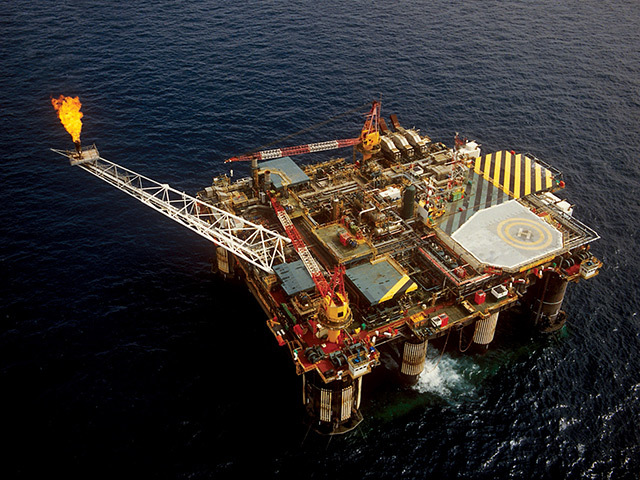
North Sea explorer Ithaca Energy said yesterday a positive well test in the Greater Stella area significantly “de-risked” its production forecast for the development.
The Aberdeen company expects Greater Stella to produce about 30,000 barrels of oil equivalent (boe) per day, including 16,000 for its 54.66% stake.
Ithaca is the operator, sharing ownership with Dyas (25.34%) and Petrofac (20%).
Greater Stella, with estimated net proven and probable reserves totalling more than 30million boe is in the heart of the Central Graben area of the central UK North Sea.
Its licences cover the Stella and Harrier fields, which are in the process of being developed, as well as the Hurricane discovery and Twister prospect.
Plans for the joint development of the fields were approved by the UK Department of Energy and Climate Change in April 2012.
They centre on the drilling of subsea wells tied back to a floating production unit, FPF-1, currently under construction in Gdasnk, Poland, and the export of processed hydrocarbons to nearby existing oil and gas export infrastructure.
Announcing successful flow test results for a fourth development well, with a rate of 12,005 boe per day, Ithaca said the completion of a fifth and final well in its Greater Stella drilling campaign was expected early next year.
Chhief executive Les Thomas said: “The combined results of the four completed wells represent a major step forward in underpinning and realising the full value of the Stella field development.”
Last month, Petrofac chief financial officer Tim Weller told the Press and Journal he expected the £27million semi-submersible facility, FPF-1, to “sail away” from Gdansk in the spring.
First production from Greater Stella is anticipated in mid-2015.
Recommended for you
